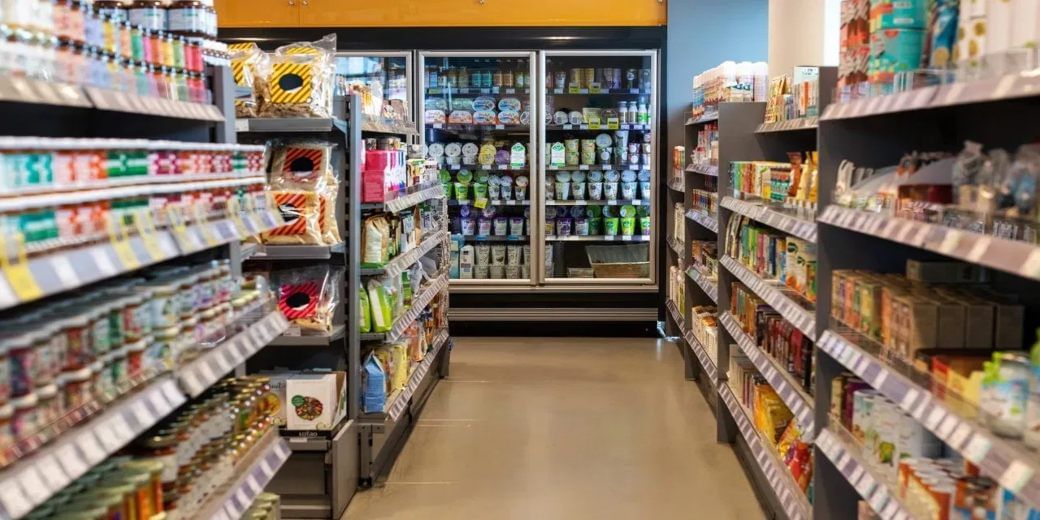Damp FMCG demand bridges urban-rural divide
Significantly, sales in the tier 1 cities have gone down by 6.4% while sales in the tier 3 cities have contracted by 7.2%. Tier 2 urban centres, in contrast, have escaped with minor bruises – decline of just about 0.2%.

The decline in sales of fast-moving consumer goods has turned out to be a distressing leveller in the first quarter of the current financial year with both the rural and urban sectors suffering the dip in sales almost in equal measure. Quoting data from retail intelligence entity Bizom, the Business Standard has reported that urban growth has contracted by 4.7% during the April-June quarter, while that in the rural sector has dipped by 4.6%.
Significantly, sales in the tier 1 cities have gone down by 6.4% while sales in the tier 3 cities have contracted by 7.2%. Tier 2 urban centres, in contrast, have escaped with minor bruises – decline of just about 0.2%.
Sales have dropped in a large number of products from confectionery to personal care, beverages to skincare, said the report. Beverage sales have fallen a victim to unseasonal rains driving down temperatures across large swathes of north India which is a prime market for these products as well as consumer durables.
The beverages that have suffered a dip in sales include aerated soft drinks, flavoured milk and similar products. Beverages sales dropped 27.6% compared to sales in the April-June quarter in 2022. Sales of personal care products shrunk by 11.5% and confectionery by 7.6%.
Home care products and commodity were the two segments that escaped the declining demand. Home care product sales rose 14.7% while commodity consumption went up by 6.9%.
Incidentally, major Indian manufacturers of consumer durables such as AC, refrigerators, coolers have suffered dipping sales in the summer season with all companies blaming unseasonal rains being the culprit. The slowdown in demand has also hit product lines such as apparels, footwear, cosmetics which has prompted major retailers to offer flash discounts and end-of-season sales a few weeks ahead of the end-June schedule to clear inventory.
Some consumer durable companies have even gone slow on manufacturing and have curt production to prevent shipments of fresh stocks before the inventory pile is cleared. The Bizom data corroborate the unpleasant fact that demand slowdown has hit both the rural and urban sectors almost equally.
Akshay D’Souza, chief of growth and insights at Bizom said, “There also seems to be a lower spending on discretionary products, which is evident in the sales of both personal care as well as confectionary products.” He felt the tail of high inflation season could have dampened demand in these categories.
However, analysts believe that the cooling inflation might drive up consumption of FMCG products in the festive season and in general during the second quarter.
Download Money9 App for the latest updates on Personal Finance.
Related
- 80% of medical colleges not meeting minimum standards of regulator
- Delhi-NCR improves realty health, unsold stock down 57% in 5 years
- Govt gets a Rs 2.1 lakh cr cheque from RBI
- Vistara operations have stabilised: CEO
- Small savings rates left unchanged. Know the rates here.
- IRDA’s one-stop platform for all insurance activities

